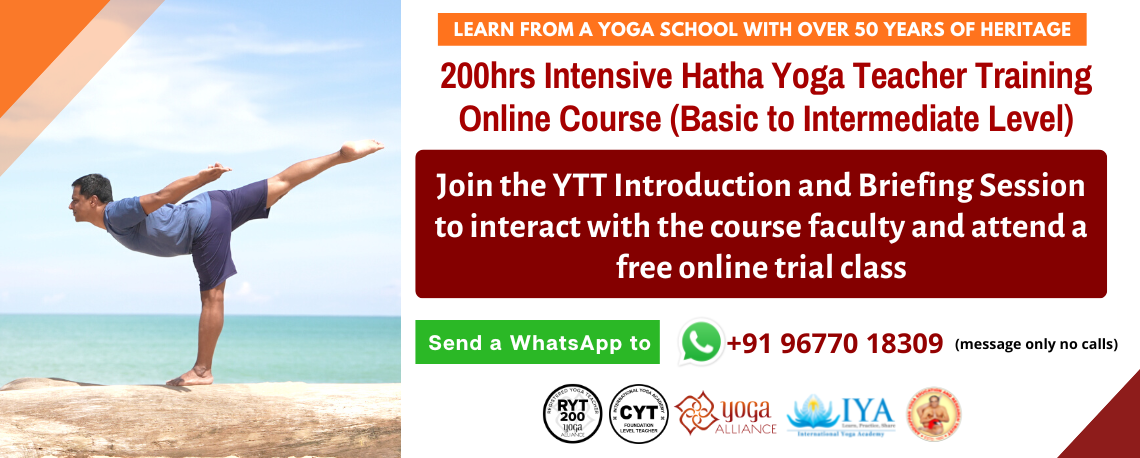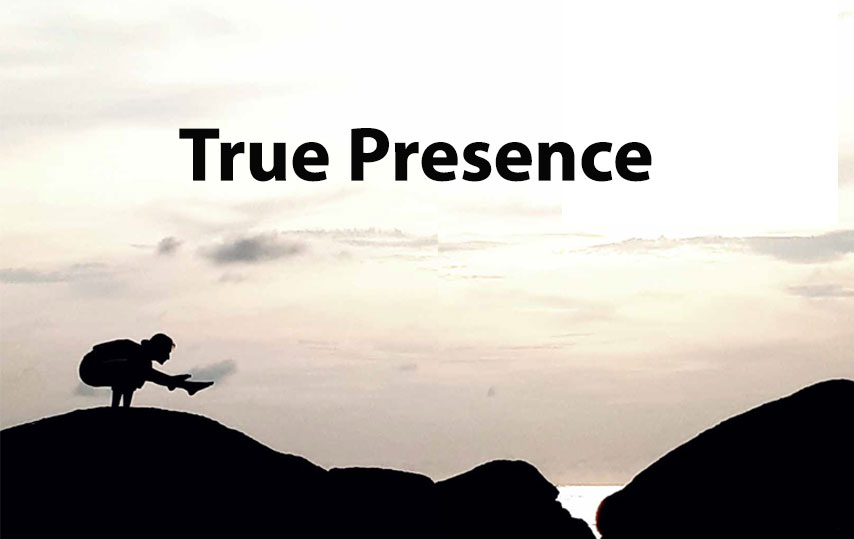Yoga practice teaches us how to be fully present, and the benefit of full presence occurs when yoga’s wisdom and therapeutic meet us in asana and attentive breath. In Teaching Yoga: Essential Foundations and Techniques, Mark Stevens wrote, “The literal translation of asana is to take one’s seat, which can be interpreted to mean being just here, just now, in the present moment.”
Over the course of a life-time practice, when a yogi takes their seat, they are steeped in hours of wordless, focused, and inquisitive spiritual discipline where they are shaped into a new being that is cleansed and renewed. In time, the yogi aims toward full presence in meditation, in their decisions, and in all aspects of life.
In that move to an eternal and personal center, there is no dogma and no heresy; it’s a man or woman involved in the sacred search for themselves, and their personal search inflatable water slide for the Divine Self. This deeper search could be called sacramental, which is in part defined as a sign or symbol of a spiritual reality.
The mystics and poets have always found ways to write about true presence and sacramental symbol, yet the subtle experience of Divinity eludes the best use of language. It’s hard to grasp what true presence is because it is not a place, but a dimension of existence.
Perhaps yogis can think of true presence as full existence. And when we are aware of what is happening during a practice – when we are truly present – it’s likely we will be astonished. Something in yoga will affect the “deep heart’s core,” and it will be altered.
I remember a spoken address 40 years ago from my mentor; a truly present, listening, and caring person. His comments were titled, “A Presence to Know.” I’ve kept a copy of that address because something from it struck my hearts core. He quoted part of the poet William Wordsworth’s “Tintern Abbey,” from the 18th Century.
And I have felt a presence that disturbs me with the joy of elevated thoughts; a sense sublime of something far more deeply interfused, whose dwelling is the light of setting suns, and the round ocean and the living air, and the blue sky, and in the mind of man; a motion and a spirit, that impels all thinking things, all objects of all thought, and rolls through all things.

This sense of something “far more deeply interfused,” of which he wrote, reaches us when we are truly in touch with ourselves and our own hearts, and in that deep heart’s core is a profound and direct link to Divinity.
When we are too focused on ourselves, the mind can pick us apart. This self-criticism distracts us from experiencing the sublime sense Wordsworth experienced when describing sun, ocean, air, sky, mind, motion, spirit, and the spirit which impels the objects and subjects of thought.
Yoga’s manifold program is designed to heal the human in all his and her thought and motion. To do so, we step onto the mat in true presence and the fire of yoga is applied to us as medicine.
And what is the goal of fire? Fire wants to burn. In the case of yoga, fire burns up the rubbish that is unnecessary and unhelpful. What is the goal of medicine? Medicine wants to cure. In the case of yoga, centering into true presence provides more than we can imagine.
Aiming for a presence to know, we do our work and kindle the inner fire. We pay attention to our constant, deliberate movement and pray for an endowment of constancy:
• Let me be truly present in my asana
• Let me be truly present in my decisions
• Let me be truly present in my mediations
• Let me be truly present in my service
• Let me be truly present in my emotions
Rumi penned a classic truth in the 13th Century about human strength and emotions, “Crying out loud and weeping are great resources.” By finding true presence in asana, we release and allow the wisdom of yoga to fill up all our decisions, meditations, service, and all our crying out and weeping.
But the ego is not easily tricked and each advance we make to the center is also an advance of the periphery and the self-centered ego’s wants. The Yoga Sutra admonishes that we will go through times of clarity and cloudiness. This should not be surprising because this martial art of soul is an inner battle between our self-centered will and something “far more deeply interfused.”
But when the yogi is fully present, trusting, and investing, yoga will return us to the source where the gifts of true presence will be multiplied. And the motion that “impels all thinking things” will be the acolyte of true presence.
Reference: Stephens, M. (2010). Teaching yoga: essential foundations and techniques. Berkeley, CA: North Atlantic Books.
“IT’S HARD TO GRASP WHAT TRUE PRESENCE IS BECAUSE IT IS NOT A PLACE, BUT A DIMENSION OF EXISTENCE.”


















 Other
Other